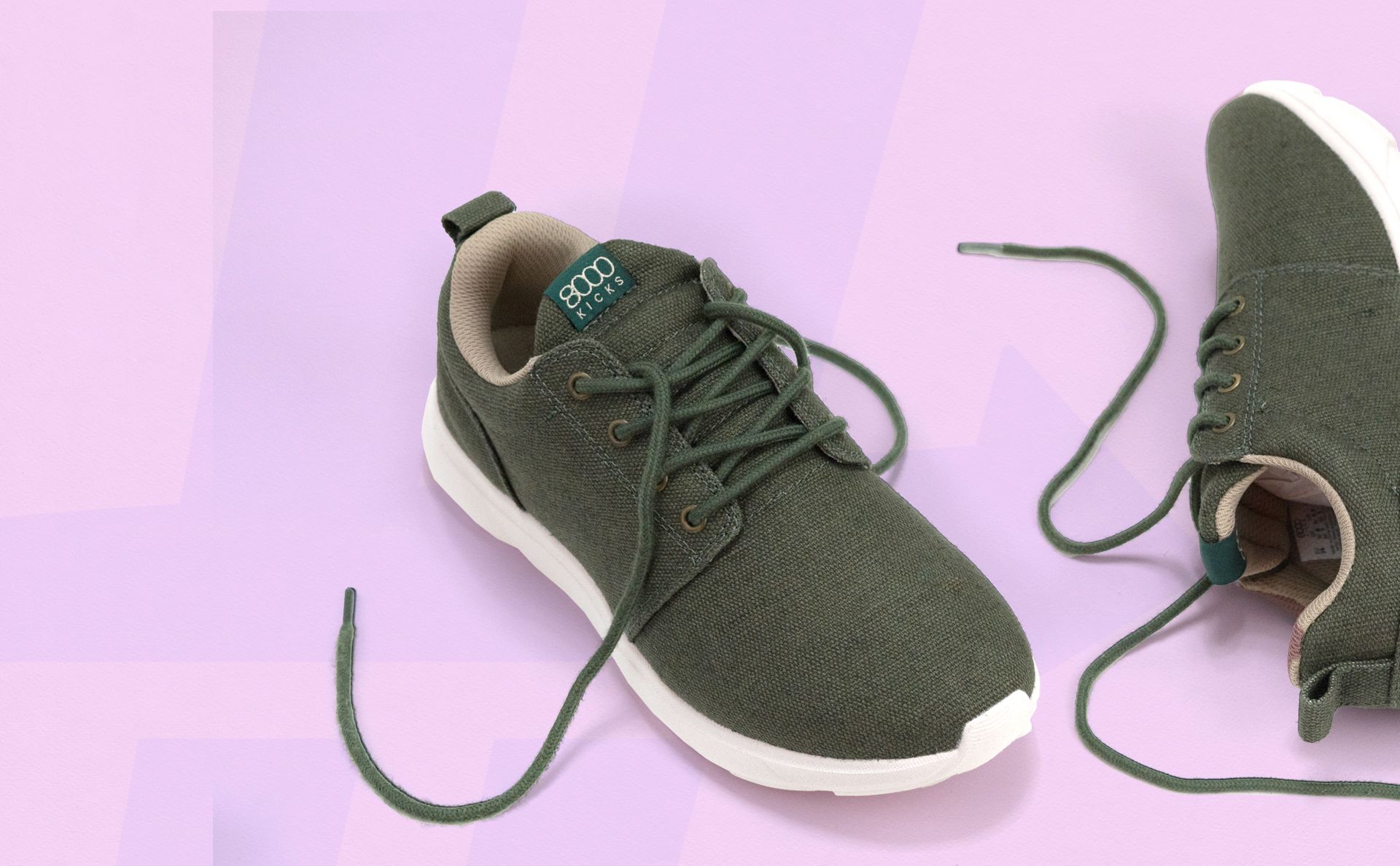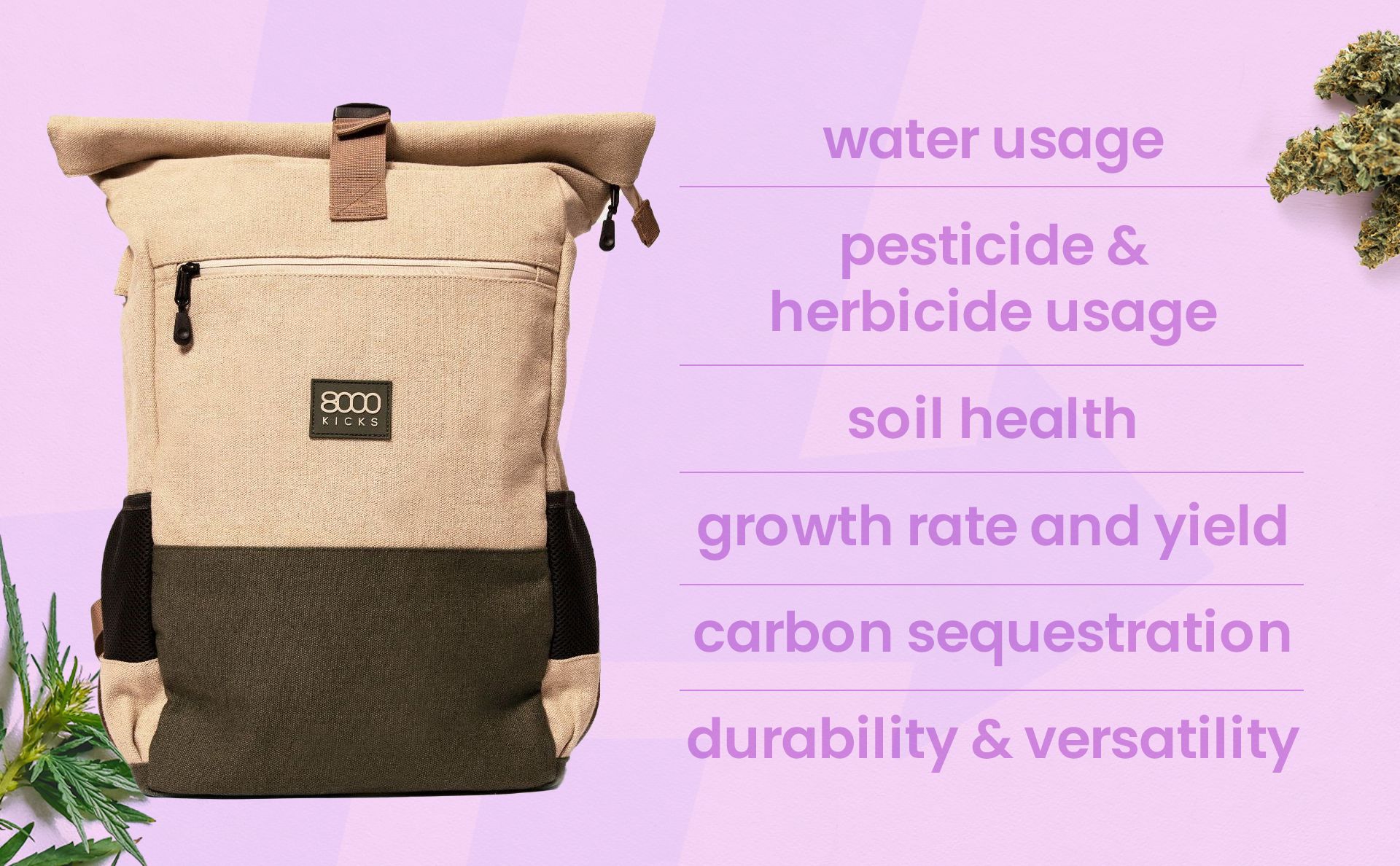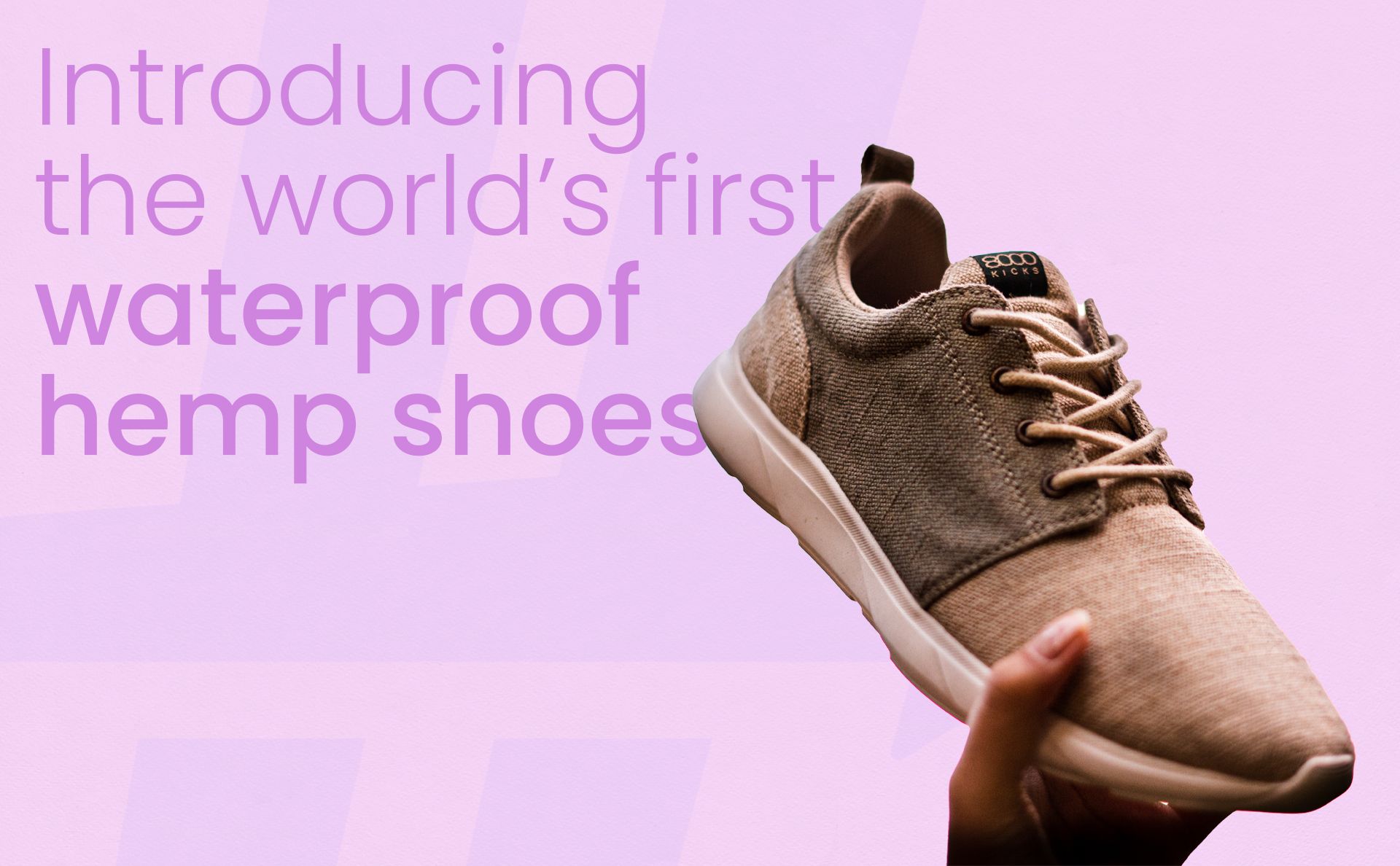How Hemp Textiles Are Saving the Planet
Explore the historical significance and modern revival of hemp textiles, emphasizing its potential to offer sustainable solutions in the fashion and textile industries through ecological benefits and functional properties.

How can Hemp textiles save the planet?
Hemp textiles have a rich history that dates back thousands of years, showcasing the material's versatility and durability across different cultures and eras.
Historical Background
Hemp is one of the oldest cultivated crops, with evidence of its use dating back to ancient civilizations. Archaeological findings suggest that hemp was used for textiles as early as 8,000 BCE in areas that are now modern-day China and Taiwan. Ancient Chinese civilizations used hemp fibers to make clothing, shoes, ropes, and even early forms of paper. The plant's durability and abundance made it a crucial resource for various applications.
In ancient India, hemp was also revered for its strong fibers and was utilized in the creation of fabrics and ropes. Sanskrit texts from around 2000 BCE reference hemp as a significant crop for its medicinal and practical uses. Similarly, hemp spread to the Middle East and Europe, where it became an essential material for making sails, ropes, and clothing. By the Middle Ages, hemp cultivation had become widespread across Europe, particularly in Italy and France, known for their high-quality hemp products.
Hemp in the Modern Era
The Industrial Revolution brought significant advancements in textile manufacturing, and hemp remained a valuable resource. In the United States, hemp was cultivated extensively during the colonial period and early 20th century. American farmers grew hemp for its fiber, which was used to produce everything from clothing to ship sails and canvas for covered wagons.
However, the mid-20th century saw a decline in hemp cultivation due to regulatory changes and the rising popularity of cotton and synthetic fibers. The 1937 Marihuana Tax Act in the United States, which aimed to regulate cannabis, inadvertently impacted hemp production due to its association with cannabis. This led to a significant decrease in hemp farming and usage.
Revival and Sustainability
In recent decades, there has been a resurgence of interest in hemp, driven by its ecological benefits and sustainable properties. The recognition of hemp as an environmentally friendly alternative to traditional textiles has led to renewed cultivation and innovation in hemp-based products.

Hemp is considered a highly sustainable alternative to conventional fibers used in the fashion industry. Here's how hemp measures up in various environmental aspects:
Water Usage
- Hemp requires significantly less water to grow compared to cotton. While cotton needs approximately 2,700 liters of water to produce a single t-shirt, hemp can grow with as little as half that amount, depending on the climate and growing conditions. Hemp is often cultivated in rain-fed conditions, further reducing the need for irrigation.
Pesticide and Herbicide Usage
- Hemp is naturally resistant to most pests, meaning it requires minimal use of pesticides and herbicides. This contrasts sharply with cotton, which uses 16% of the world's insecticides and 6.8% of its herbicides.
Soil Health
- Hemp improves soil health by replenishing vital nutrients and preventing erosion. Its deep root system helps to aerate the soil and reduce soil compaction. Hemp can also be used in crop rotation systems to restore soil fertility.
Growth Rate and Yield
- Hemp is a fast-growing crop, with a growth cycle of just 3-4 months. This allows for multiple harvests in a year. It also yields significantly more fiber per acre than cotton, making it a highly efficient crop.
Carbon Sequestration
- Hemp is an excellent carbon sink. It absorbs more CO2 per hectare than most plants, helping to mitigate climate change. One ton of hemp can sequester 1.62 tons of CO2.
Durability and Versatility
- Hemp fibers are known for their strength and durability, which means products made from hemp can have a longer lifespan. Additionally, hemp can be used for a variety of products beyond clothing, such as bioplastics, construction materials, and biofuel.
Hemp is experiencing a remarkable resurgence in the fashion and textile industries, extending from clothing and shoes to accessories and home textiles. Globally, brands are embracing hemp to craft products that blend style, functionality, and environmental responsibility. Highlighting this trend, 8000 Kicks recently introduced the world’s first waterproof hemp shoes and backpacks!

Ecological and Functional Properties of Hemp Textiles
Ecological Benefits
- Sustainability: Hemp is highly sustainable, requiring minimal water and no synthetic fertilizers. It grows quickly and replenishes the soil, making it an ideal crop for eco-friendly farming.
- Carbon Footprint: Hemp cultivation and processing have a lower carbon footprint compared to other textiles. The entire plant can be used, minimizing waste and promoting a circular economy.
- Biodegradability: Hemp textiles are fully biodegradable, reducing long-term environmental impact and contributing to a more sustainable lifecycle for products
Functional Properties
- Durability: Hemp fibers are among the strongest natural fibers, offering exceptional durability for products like clothing, shoes, and accessories.
- Breathability and Comfort: Hemp is naturally breathable and thermoregulating, providing comfort in various climates. It keeps wearers cool in the summer and warm in the winter.
- Water Resistance: Hemp can be treated to enhance its water-resistant properties, making it suitable for a wide range of applications, including outdoor and activewear. Check out how 8000 Kicks is doing it.
- Antibacterial Properties: Hemp fibers possess natural antibacterial properties, which help reduce odors and promote better hygiene in textiles like socks and underwear.
Hemp textiles have a storied history and are now at the forefront of sustainable fashion. Their ecological benefits and functional properties make them an excellent choice for consumers seeking environmentally responsible and high-performance products. As the world continues to prioritize sustainability, the revival of hemp textiles represents a promising step towards a greener future.
What We Learned: How Hemp Textiles Are Saving the Planet
As we explored in this chapter, the historical and modern significance of hemp textiles reveals a material that is both ancient and innovatively sustainable.
We believe that hemp textiles are key to revolutionizing the fashion industry with a sustainable approach. Here’s what we learned in this chapter:
- Hemp is one of the oldest crops used for textiles, dating back to 8000 BCE in ancient China and Taiwan, utilized for its durable fibers in clothing, ropes, and paper.
- Revered in ancient civilizations across the globe, hemp was essential for items like sails and clothing in Europe during the Middle Ages due to its strength and versatility.
- Regulatory changes, particularly in the United States, led to a decline in hemp production in the mid-20th century. However, its environmental benefits have driven a modern resurgence.
- Hemp requires less water and pesticides compared to traditional crops like cotton, enhances soil health, and has a higher CO2 absorption rate, making it a superior sustainable crop.
- Today, hemp is making a comeback in the fashion industry, with brands globally adopting it for its durability, breathability, and low environmental impact, showcased by products like waterproof shoes and backpacks by 8000 Kicks.
- Hemp textiles are fully biodegradable, contributing to a more sustainable lifecycle for products, and support a circular economy through waste minimization.
Way to go! You've completed our Cannabis Industry Guide! Answer the question below and make it official.
Test your knowledge, track your progress and earn your badge.
What makes hemp textiles highly sustainable?